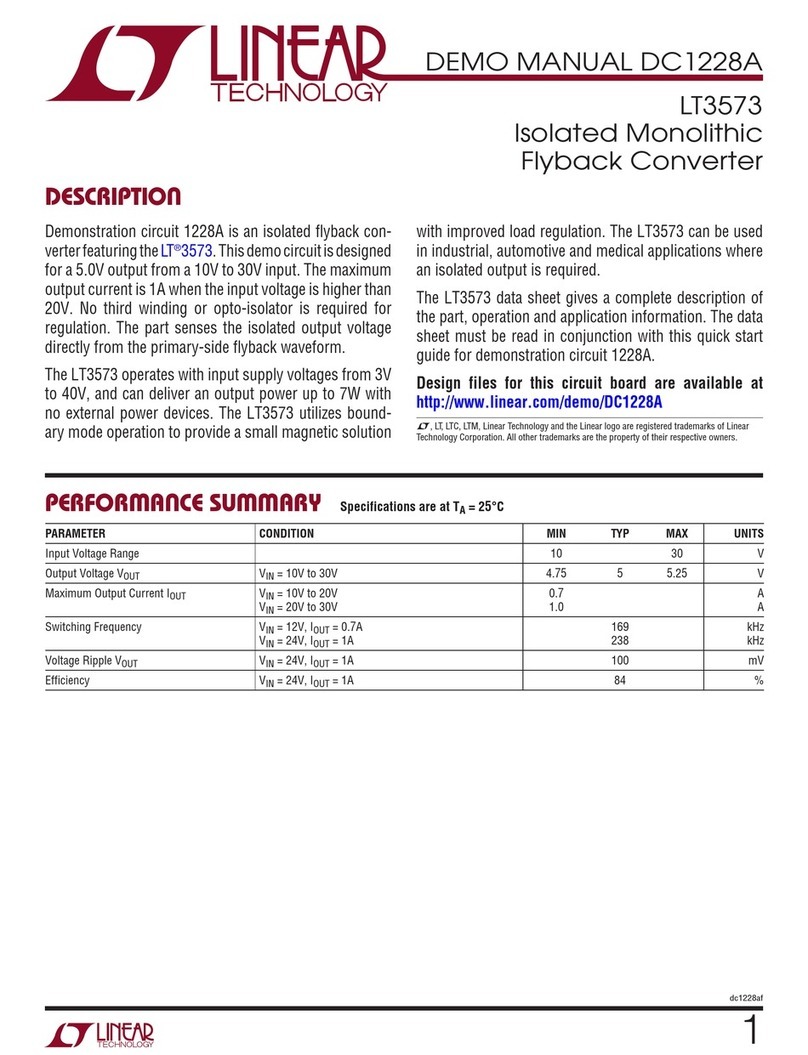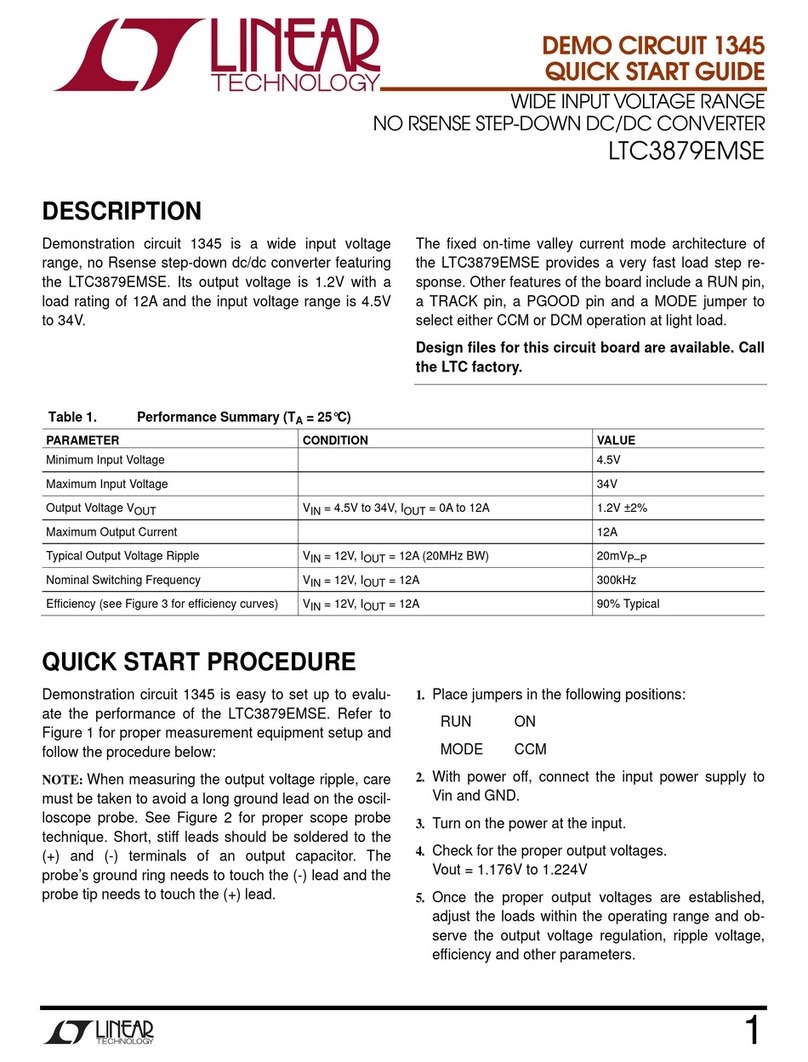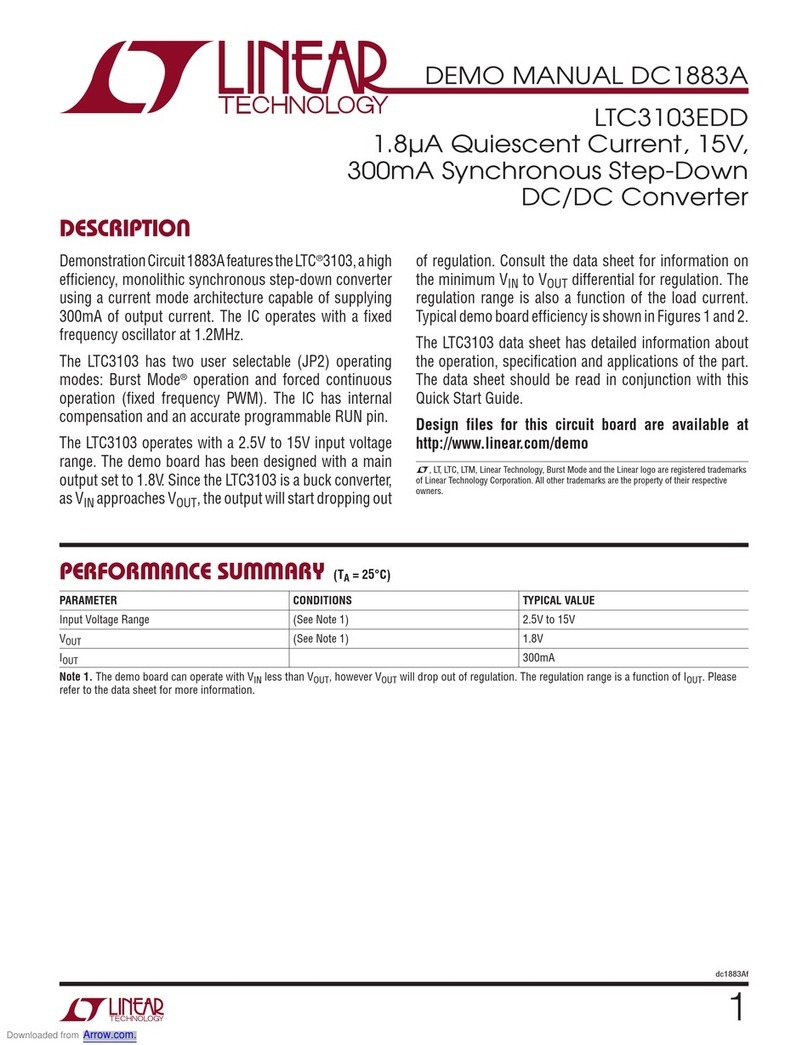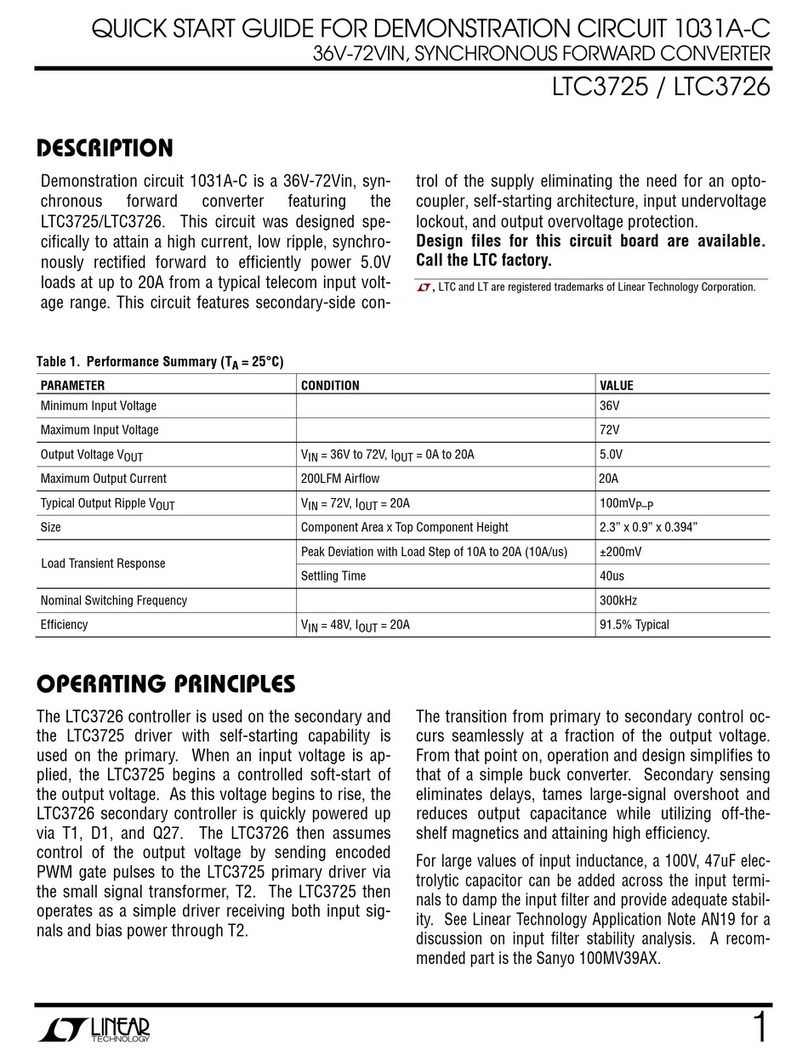Linear Technology DC193 Quick setup guide
Other Linear Technology Media Converter manuals

Linear Technology
Linear Technology LTC3129 Quick setup guide
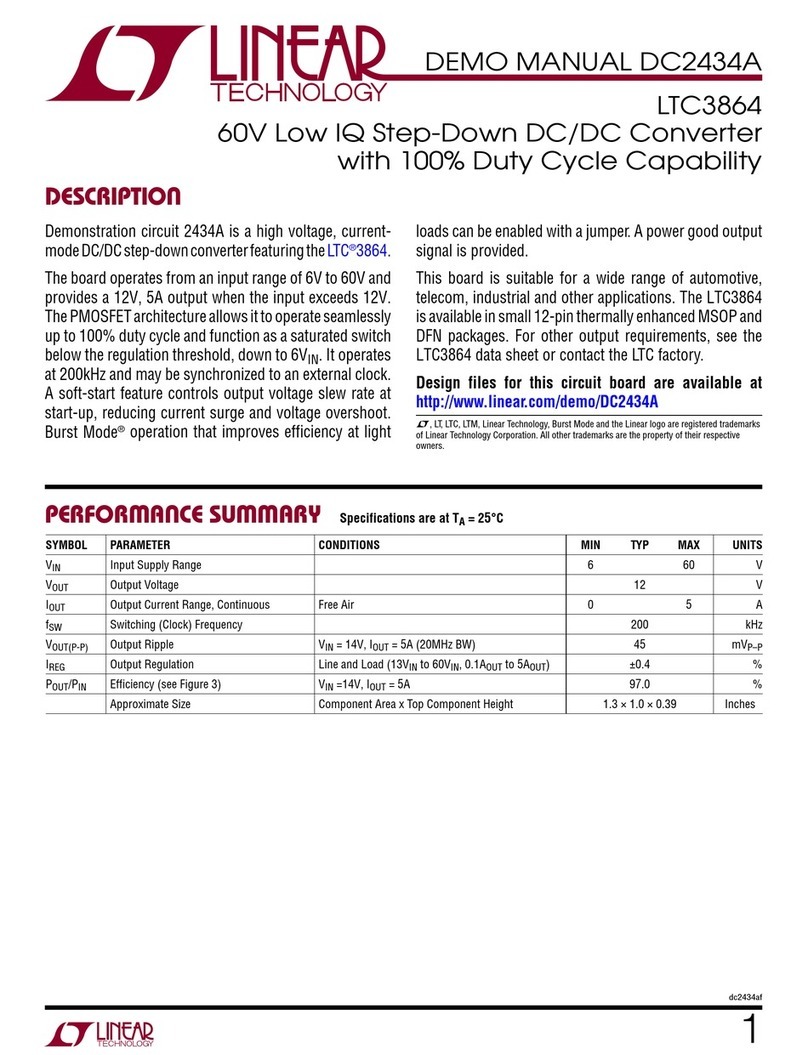
Linear Technology
Linear Technology DC2434A Quick setup guide
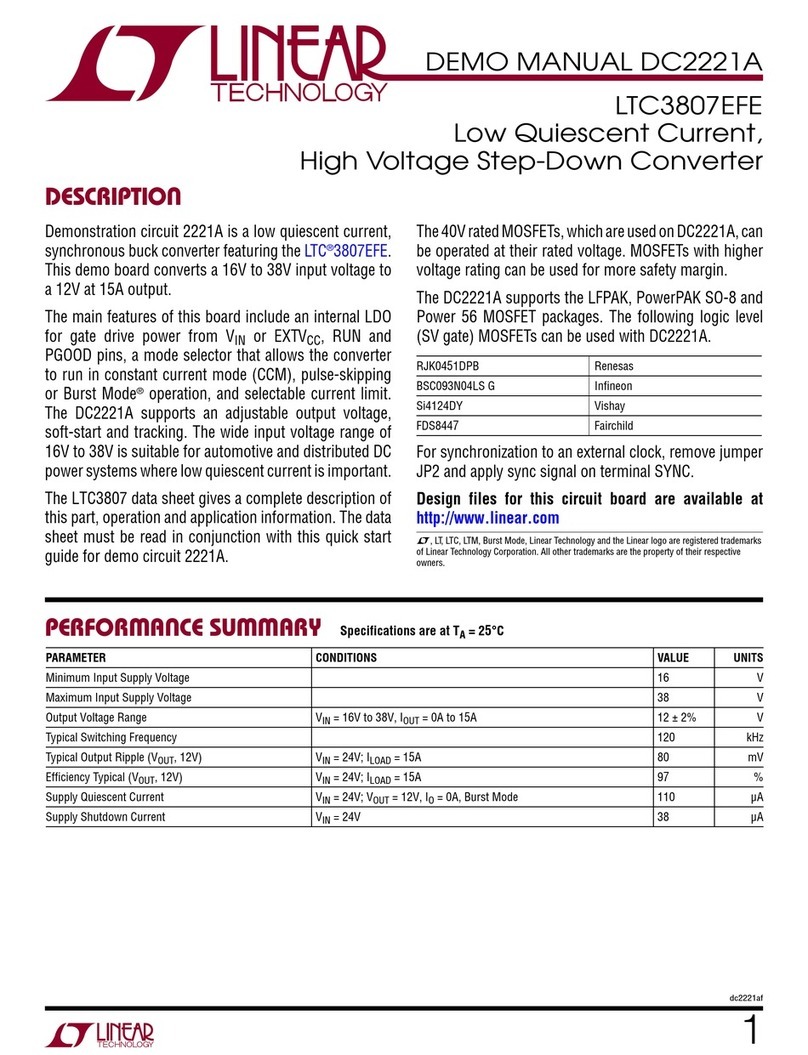
Linear Technology
Linear Technology DC2221A Quick setup guide
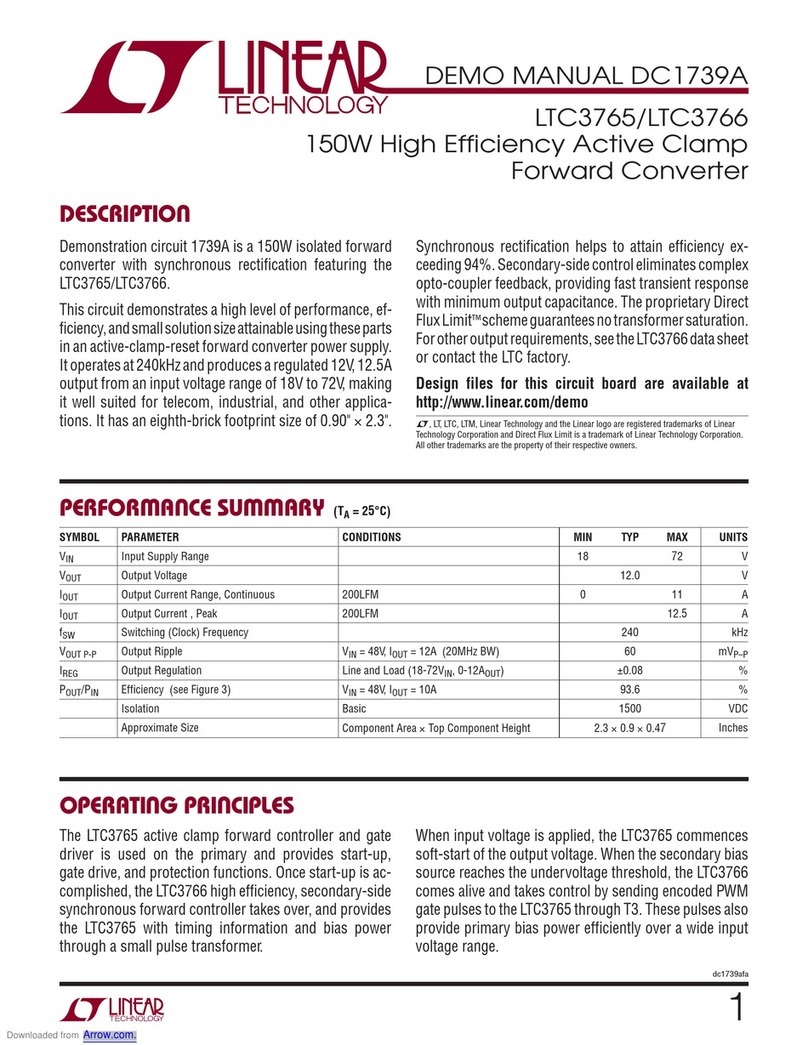
Linear Technology
Linear Technology LTC3765 Quick setup guide
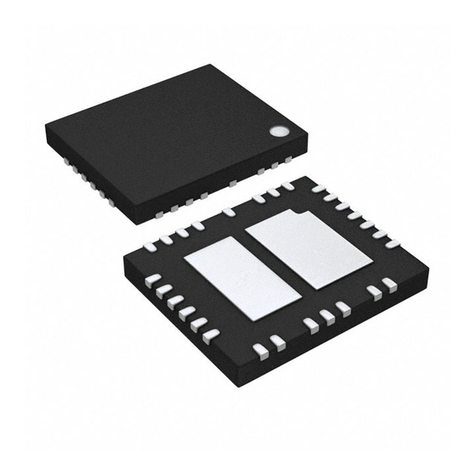
Linear Technology
Linear Technology LT3956 Series User manual
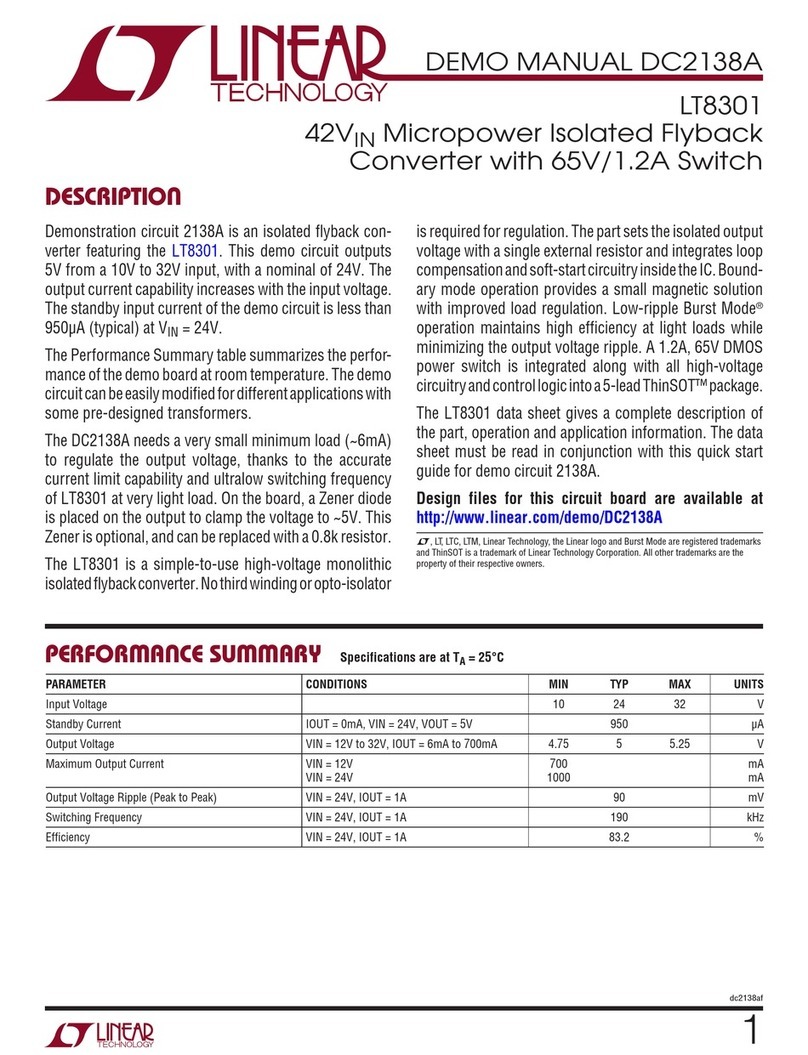
Linear Technology
Linear Technology Analog Devices LT8301 Quick setup guide
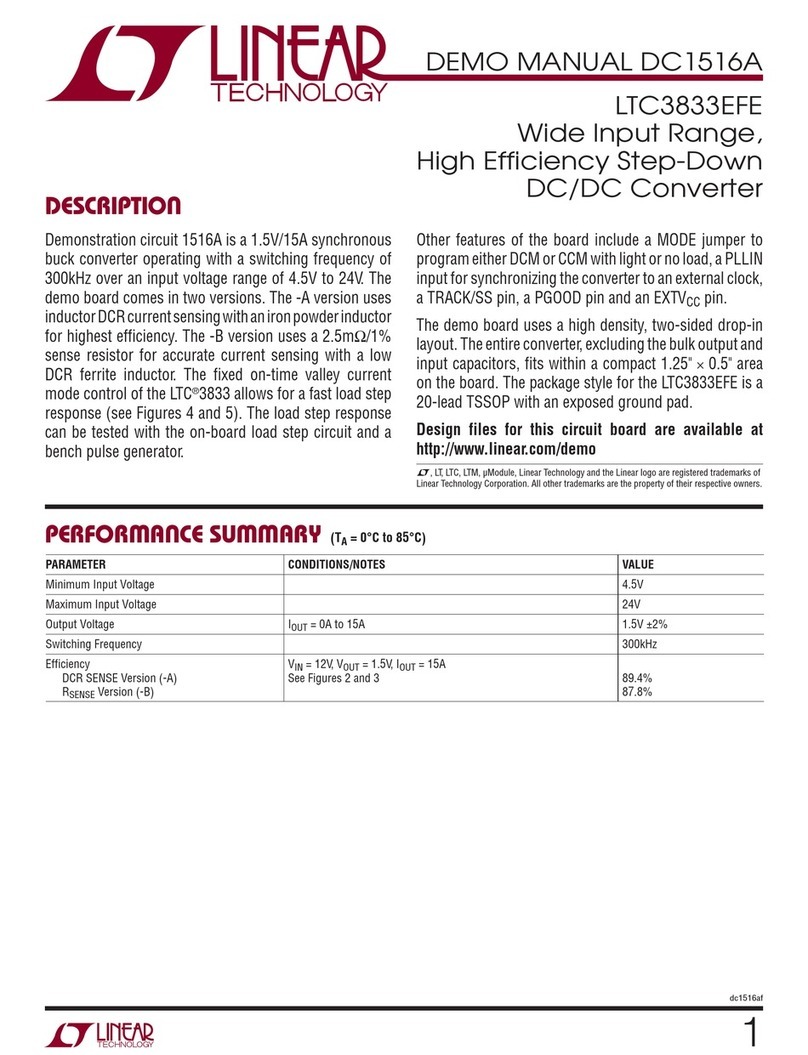
Linear Technology
Linear Technology DC1516A User manual
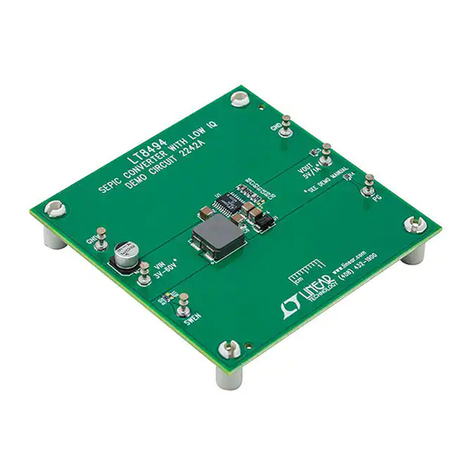
Linear Technology
Linear Technology LT8494 Quick setup guide
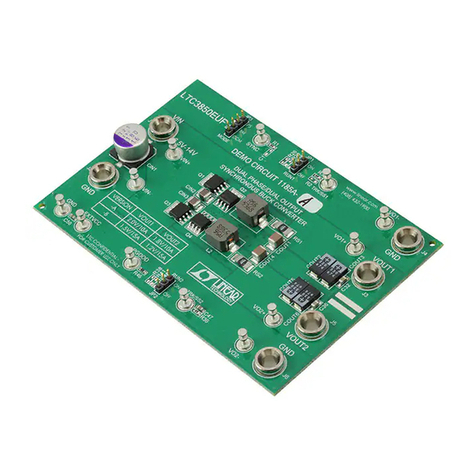
Linear Technology
Linear Technology DC1185B-A Quick setup guide

Linear Technology
Linear Technology DC2490A Quick setup guide
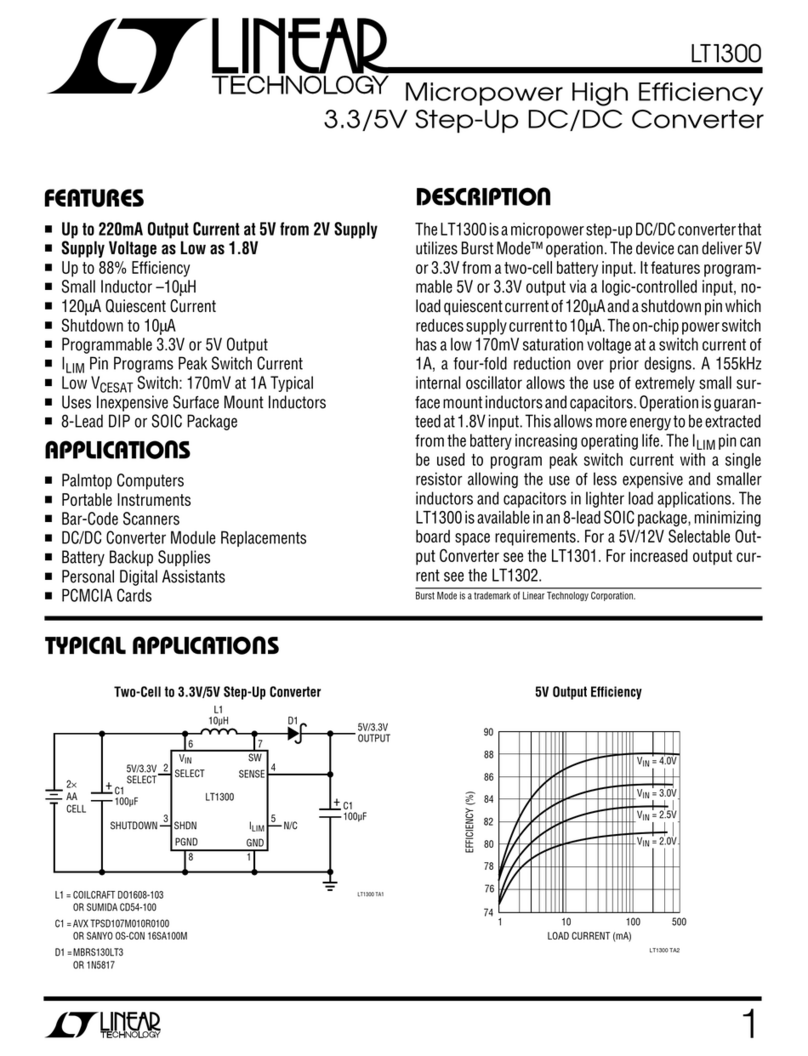
Linear Technology
Linear Technology LT1300 User manual
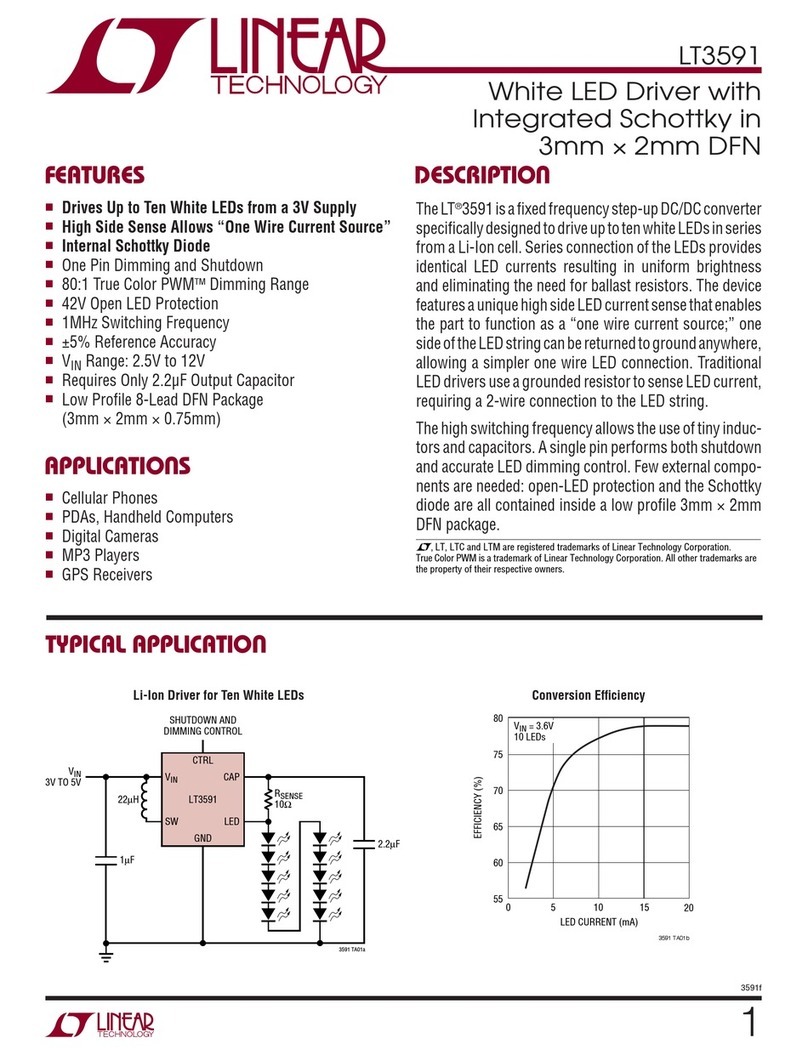
Linear Technology
Linear Technology LT3591 User manual
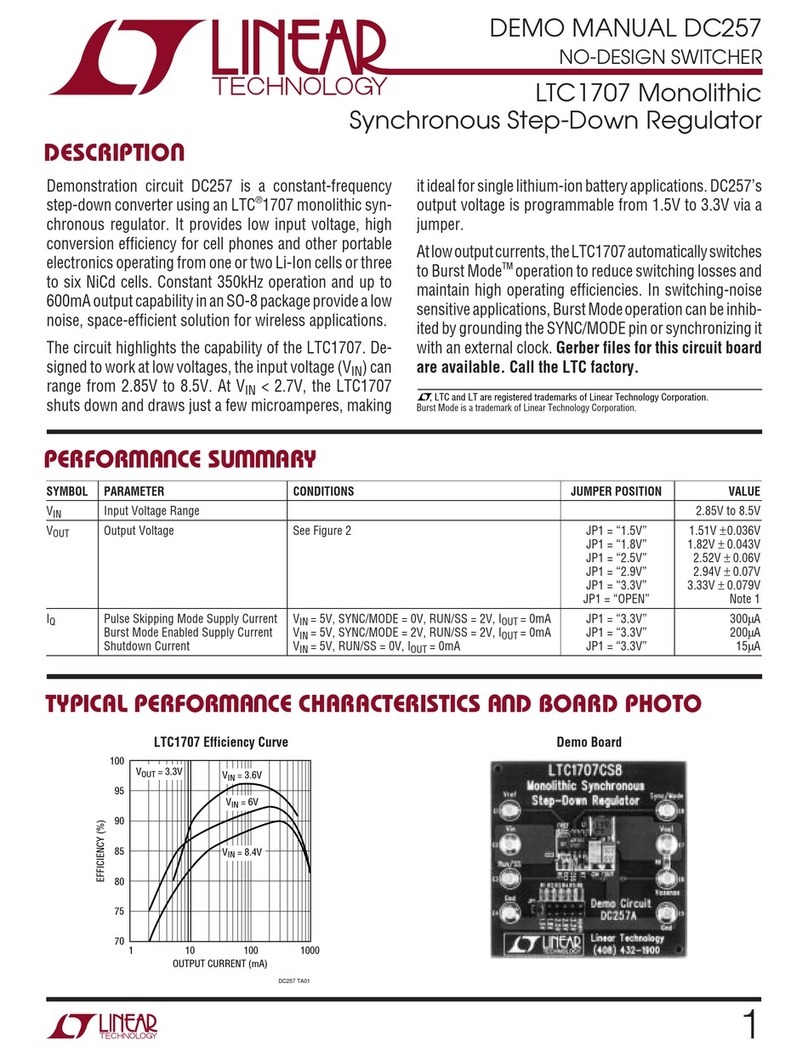
Linear Technology
Linear Technology DC257 Quick setup guide

Linear Technology
Linear Technology LT3512 Quick setup guide
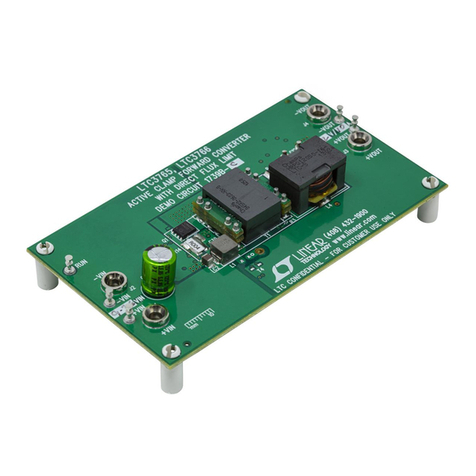
Linear Technology
Linear Technology DC1739B-C Quick setup guide
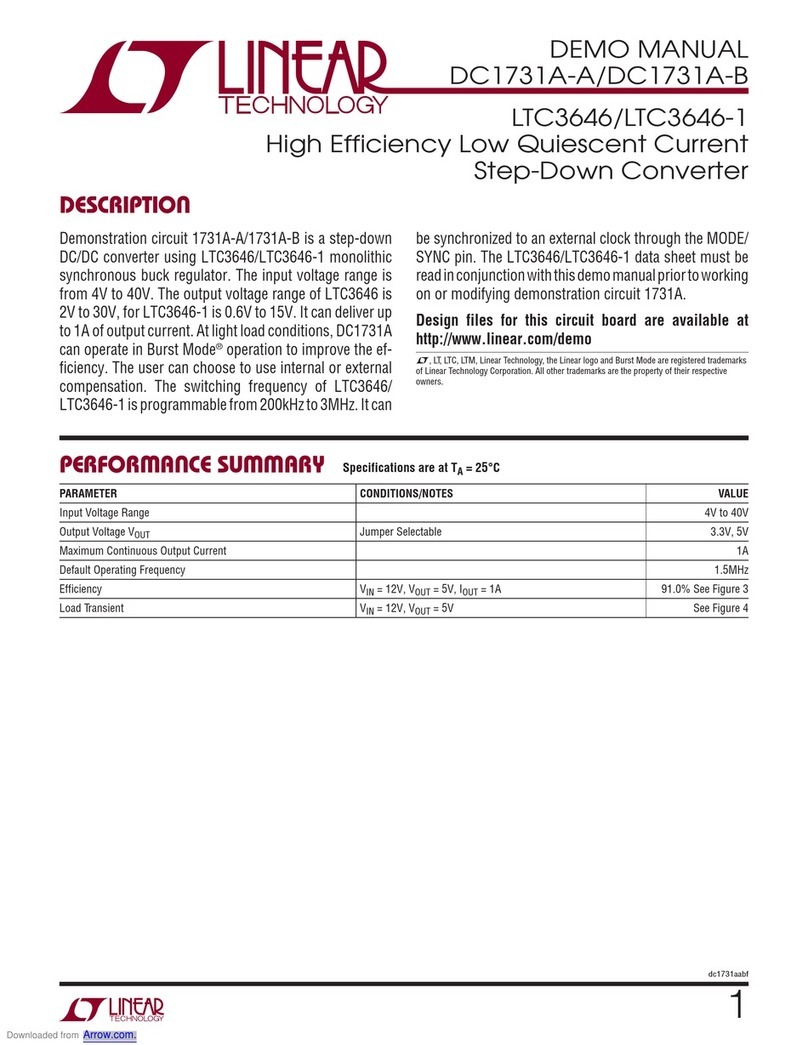
Linear Technology
Linear Technology DC1731A-A Quick setup guide
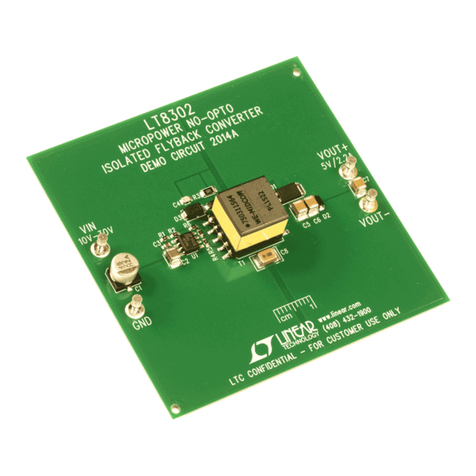
Linear Technology
Linear Technology LT8302 Instruction Manual
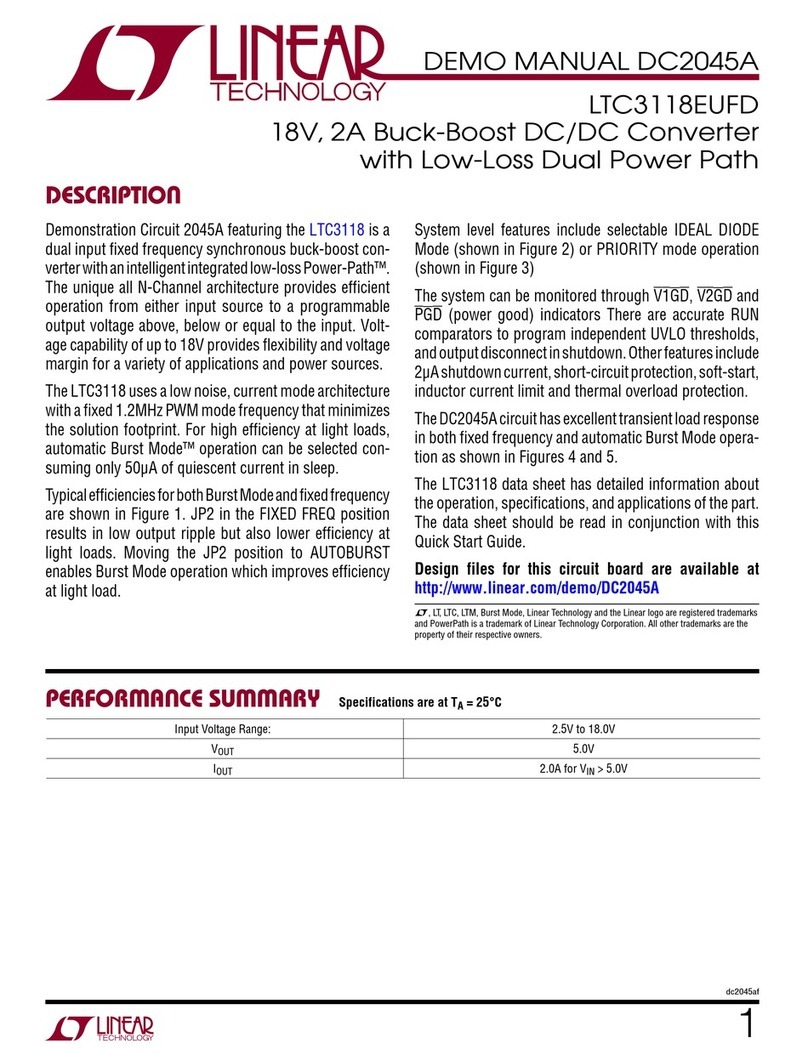
Linear Technology
Linear Technology LTC3118EUFD Quick setup guide

Linear Technology
Linear Technology DC1523A Quick setup guide
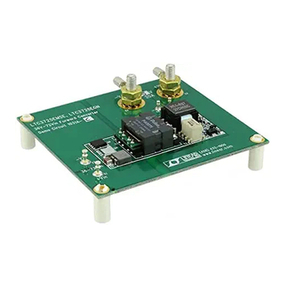
Linear Technology
Linear Technology LTC3725 User manual
Popular Media Converter manuals by other brands

H&B
H&B TX-100 Installation and instruction manual

Bolin Technology
Bolin Technology D Series user manual

IFM Electronic
IFM Electronic Efector 400 RN30 Series Device manual

GRASS VALLEY
GRASS VALLEY KUDOSPRO ULC2000 user manual

Lika
Lika ROTAPULS I28 Series quick start guide

Weidmuller
Weidmuller IE-MC-VL Series Hardware installation guide

Optical Systems Design
Optical Systems Design OSD2139 Series Operator's manual

Tema Telecomunicazioni
Tema Telecomunicazioni AD615/S product manual

KTI Networks
KTI Networks KGC-352 Series installation guide

Gira
Gira 0588 Series operating instructions

Lika
Lika SFA-5000-FD user guide
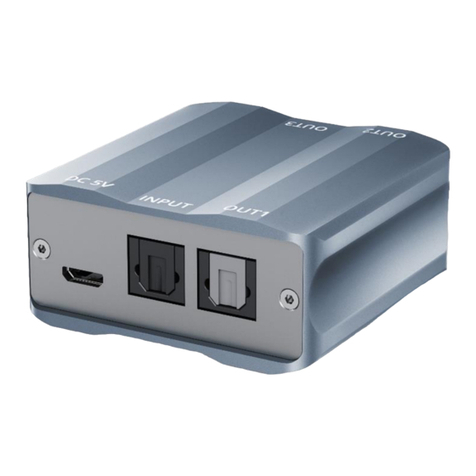
GoMax Electronics
GoMax Electronics SP-2003 user manual
